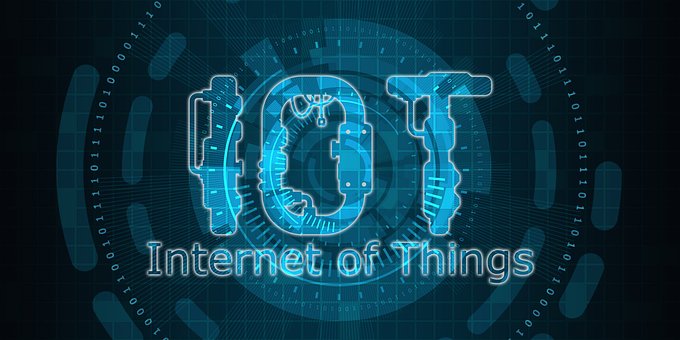92% of Everything You Do Will Be on Cloud, Thanks to IoT and Big Data!
- September 2, 2019
- Posted by: admin
- Categories: Big Data Analytics, IoT

IoT and Big Data, and cloud computing have gained outstanding momentum over the past few years and are now highly evolved technological models. Although these technologies are very different from each other, the most interesting thing is that all three are now deeply entwined than they ever were.
How are Big Data and IoT related to Could Computing?
The convergence of Big Data IoT Cloud platform is indeed highly remarkable – the huge demand for Big Data Analytics has prompted businesses to adopt IoT as well as cloud computing. And with the adoption of IoT, the volumes of generated data will, of course, multiply exponentially.
The need for expansive unlimited space to accommodate this voluminous data has triggered a shift of focus to cloud computing today. And this is not just a mere change in paradigm, for the rate at which cloud computing is gaining popularity is exceptionally high. Cisco reveals their estimates that cloud traffic is expected to increase from 3.9 zettabytes (ZB) in 2015 to 14.1 ZB in 2020, which is almost 4 times! (Source)
What do the experts have to say?
In today’s scenario, the IoT Big data architecture and the cloud, are indispensable when it comes to any sort of technological innovation.
According to experts, by the next year i.e. 2020, there are going to be an expected 20 billion devices connected to the IoT. And within two more, i.e. by 2021, the net worth of the Big Data industry is projected to hover at $66.8 billion.
Businesses are heavily dependent on the information that is generated by IoT connected devices today, and this dependence is only set to increase manifold in the upcoming days. Data experts have estimated that by the year 2020, at least 22% of the global business workload will consist of data analytics and IoT workloads in the cloud.
What does cloud computing hold for businesses and consumers in the future?
In the future, workloads in public and private cloud storage are expected to grow; however, the workload in public cloud databases will be much higher than the private ones. By 2020, workloads in public cloud databases will be almost 68%, whereas, in private clouds, the total volume is expected to be only 32% of the overall cloud workloads. (Source)
When it comes to businesses all over the world, there will be a greater preference for Software as a Service (SaaS) in cloud computing, with diminishing requirements for Infrastructure as a Service (IaaS). A study by Forbes reveals that about 74% of total cloud traffic will be SaaS. (Source)
Now, when it comes to the consumers, Big Data Internet cloud traffic will mostly comprise of social networking and videos. With every user having access to at least 1.7GB of cloud storage per month, video and social networking traffic is expected to be 34% and 24% of the overall consumer cloud traffic.
With easy accessibility and the general trend of using cloud platforms, almost 2.3 billion internet users will be using personal cloud storage over the next four years.
